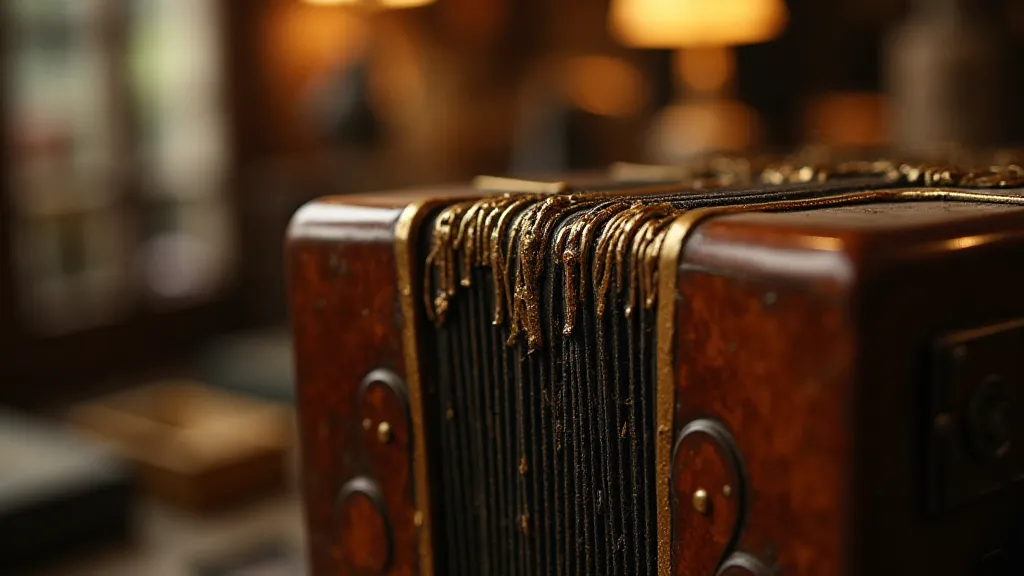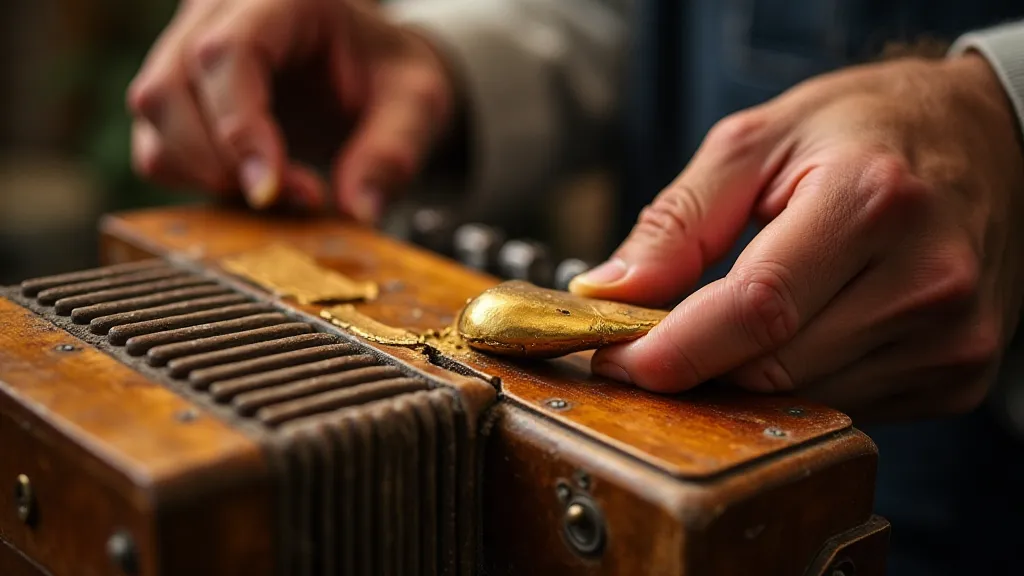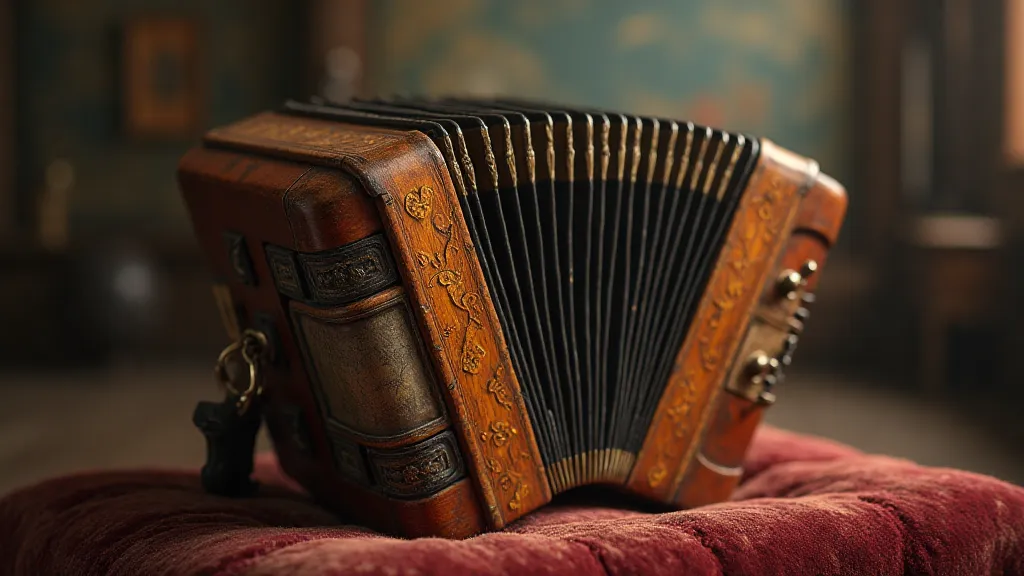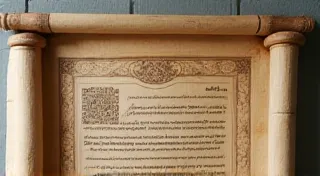The Art of Acceptance: Letting Go of Perfection in Writing
There’s a peculiar grace in the cracks of an antique accordion. Not the jarring break of a discarded, forgotten instrument, but the quiet, dignified fractures that whisper stories of countless melodies played, of laughter shared, and of journeys undertaken. They speak of time, of use, and of a beauty that transcends pristine condition. It's a sentiment I'm finding increasingly relevant to my own creative process, mirroring the ancient Japanese art of Kintsugi.
Kintsugi, meaning “golden joinery,” is a centuries-old Japanese repair technique for broken pottery. Instead of disguising the damage, the breaks are meticulously filled with lacquer mixed with gold, silver, or platinum. The resulting piece isn’t just repaired; it's elevated. The cracks become a visible part of the history, highlighting the object’s journey and celebrating its resilience. It’s a powerful metaphor for life itself – acknowledging our flaws and imperfections not as weaknesses, but as integral parts of our story.
The Echoes of History and Craftsmanship
I remember stumbling upon a small, dusty antique shop years ago, searching for… something. I wasn't sure what. But there it was, tucked away in a corner, an accordion. Not a flashy, pristine instrument meant for the stage, but a well-loved, clearly aged piece. The bellows were worn, the keys a little sticky, and a small, almost invisible crack ran along one side. The shop owner, a kind, elderly gentleman, explained its history – played by his grandfather, a traveling musician, entertaining crowds in small towns across the country. It had seen better days, certainly, but those imperfections were also what made it special, imbued with a character that a new, perfect accordion could never possess.
The craftsmanship itself is astounding. Consider the intricate workings of an accordion: hundreds of carefully crafted parts, each precisely placed and connected, designed to produce a symphony of sound. Early accordions were often constructed with incredible detail, using seasoned woods, hand-shaped keys, and elaborate bellows construction. The artistry involved is deeply moving, a testament to the dedication and skill of the maker. Repairing such an instrument requires not only technical expertise but also a profound respect for the original craftsmanship. It's not simply about fixing the physical object; it’s about preserving a legacy.

From Broken Pieces to Golden Joys: Kintsugi’s Lesson
The principles of Kintsugi resonate deeply with the writing process, especially for those of us who strive for – and often obsess over – perfection. How many drafts have languished, unpublished and unseen, because they didn't meet an impossible standard? How many ideas have been abandoned before they even had a chance to breathe? I’m guilty of it myself. I'm the type to reread a sentence ten times, endlessly tweaking, agonizing over the "perfect" word. It's a cycle that can be paralyzing, leading to frustration and a sense of inadequacy.
Kintsugi challenges this mindset. It tells us that breakage is inevitable. Life happens. Experiences shape us. And those experiences, those moments of hardship and imperfection, leave their mark. These aren't flaws to be hidden; they’re integral parts of the story. They lend authenticity and depth. A perfectly flawless piece of pottery, untouched by time or experience, can be beautiful, but it lacks the resonance of something that has lived a life.
Applying this to writing, it means allowing yourself to write messy drafts. It means letting go of the need for instant brilliance. It means acknowledging that the first draft is just that – a first attempt. It’s the raw material, the clay from which the final piece will be sculpted. Don’t be afraid to experiment, to take risks, to write badly. Embrace the imperfection. It’s in the process of revision, of layering and refining, that the true beauty emerges.
Collecting and Restoration: Respecting the Past
The world of antique accordions, like any collectible field, has its nuances. While some collectors seek pristine examples, many – and perhaps increasingly so – appreciate the character and history imbued in instruments that bear the marks of time. Restoration can be a delicate balancing act. Too much restoration, and the object loses its authenticity. Too little, and it remains unusable or detracts from its potential. A skilled restorer understands the importance of preserving the object's history while ensuring its functionality.
Similarly, in writing, editing should be a process of refining, not erasing. While tightening prose and correcting errors are essential, there’s a danger in removing everything that feels "rough" or "unpolished." Sometimes, those imperfections are what give the writing its unique voice, its humanity. They’re the equivalent of the accordion’s cracked bellows, carefully mended with gold, a visible testament to its journey.

The Golden Thread of Acceptance
Kintsugi isn’t just about repairing pottery; it’s a philosophy of acceptance. It’s a reminder that we are all broken in some way, and that those breaks don’t diminish our value. They make us stronger, more resilient, and more beautiful.
So, the next time you’re struggling with a writing project, remember the cracked bellows of an antique accordion, lovingly repaired with gold. Embrace the messy drafts, the imperfect sentences, the moments of self-doubt. Let go of the need for perfection and allow your writing to be what it is – a reflection of your unique journey, marked by both joy and sorrow, strength and vulnerability.
Write with the understanding that the process is not about achieving flawlessness, but about celebrating the beauty that emerges from embracing our imperfections. Let the gold of acceptance illuminate the cracks, and let your writing shine with the authenticity of a life lived fully, beautifully, and imperfectly.






